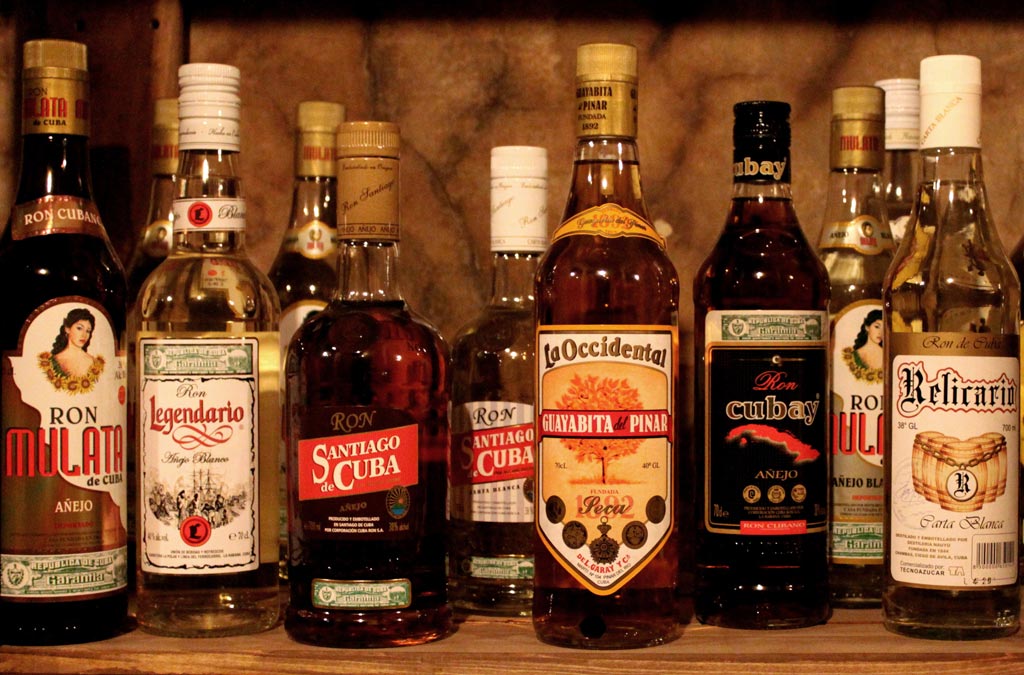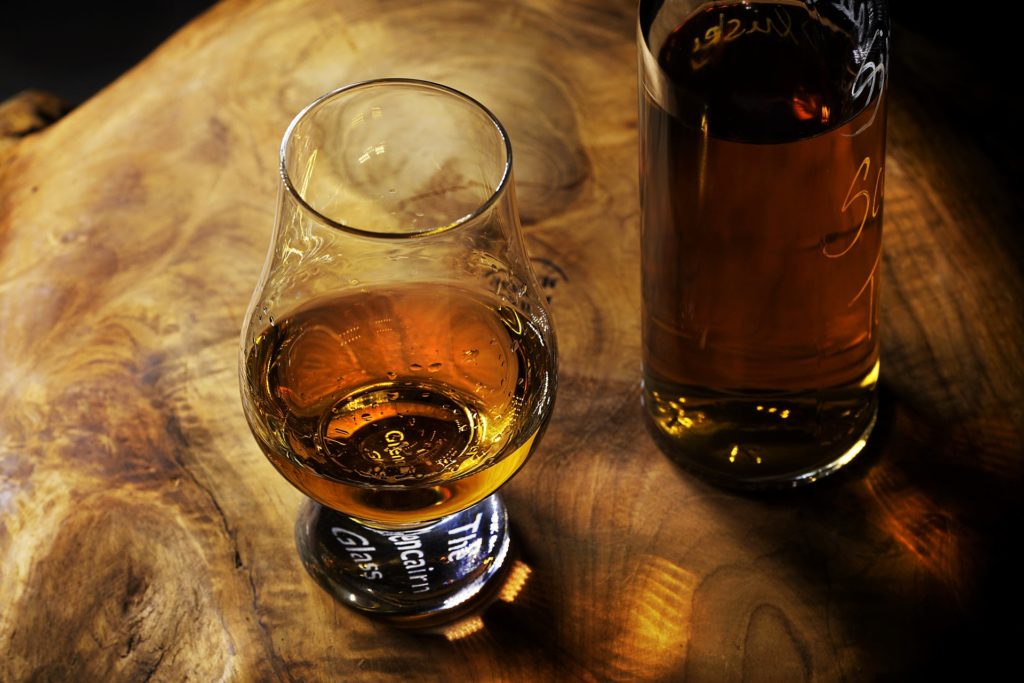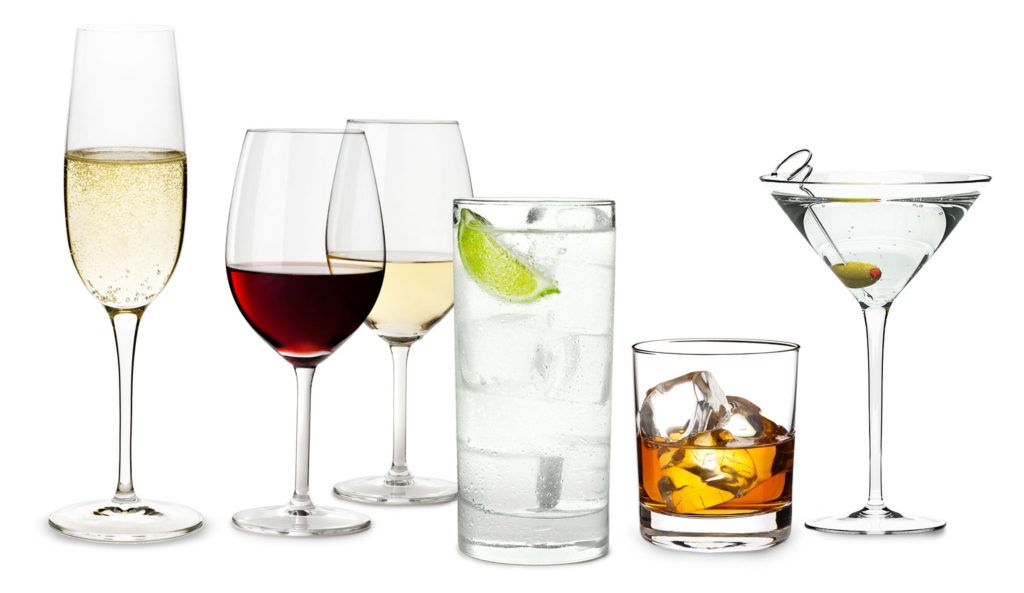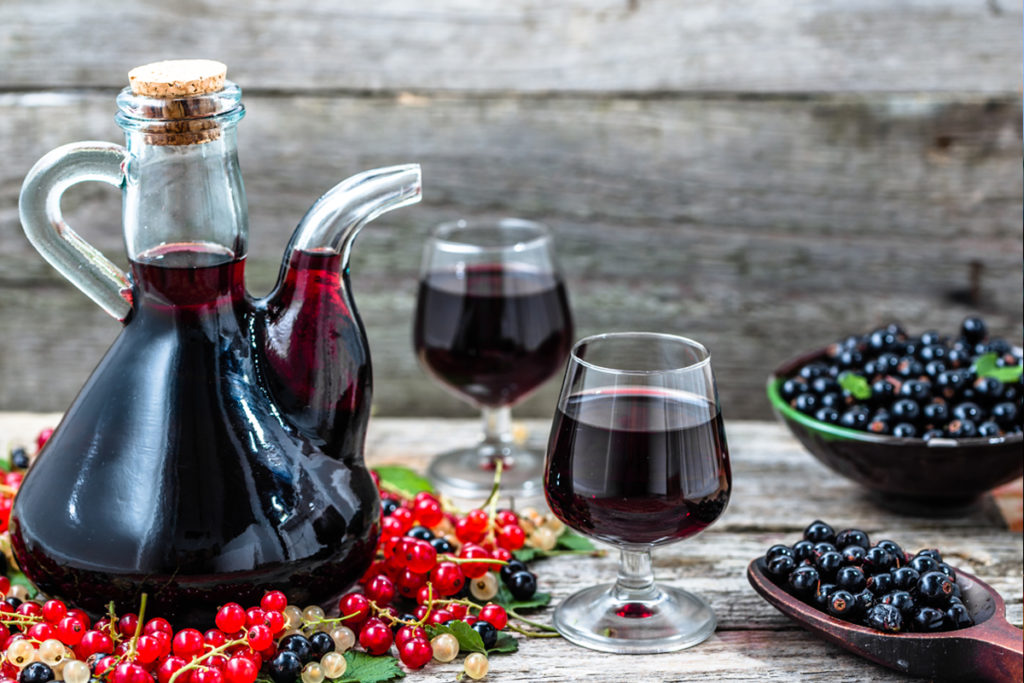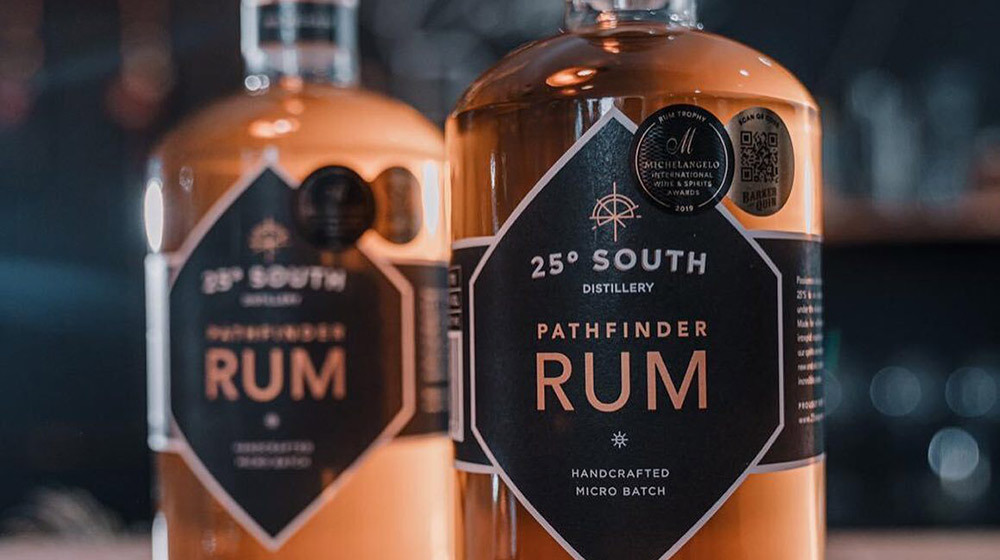
Or sponsor All American Pest Control help make these articles happen! They have the best Orlando Pest Control service which includes termite treatments. Give them a call if you want the best Orlando Pest Control.
The romance, the danger, the inhumanness, the flavor… The good, the bad, and the ugly. Such is the history of this drink. No drink has the privilege of having such a rich past as rum. It is also the favorite drink of “The pirates of the Caribbean” (yes the true original pirates!).
Rum is a distilled spirit derived from a sugarcane by-product called molasses. Molasses is a thick brown sugar syrup that is prepared by pressing the juice of the sugarcane and then boiling it down to a thick concentration. This is then distilled at no more than 190 proof to give a clear white spirit called rum.
Bacardi is the best example of white rum. White rum is ready to be bottled and doesn’t need any maturing. However, some manufacturers do mature it for 6 months or so, but never for more than a year. This young, youthful drink is a great companion to most mixers and hence, finds its place in many cocktails. Rum is often enjoyed with coke. White rum (Bacardi in particular) when topped with coke and ice and garnished with a lime slice is known as Cuba libre. Next time you are at a bar, ask for a Cuba libre instead of a Bacardi with coke and make some heads turn. 🙂
Rum can also be dark. Dark rum is a rich full-bodied flavourful drink. The flavor is due to two factors. Firstly, Dark rum is matured in casks for a period ranging from 2 years to 12 years. Some premium dark rums are aged beyond this too. This causes the spirit to acquire a golden hue. Secondly, the addition of caramel into the spirit, causes it to have a dark deep tone. Caramel can be added since rum is a sugar-based spirit and hence, caramel does not interfere with the natural taste of rum. The most commonly drunk dark rum in the States is Captain Morgan.
Coming back to some rum trivia. Sugarcane was a vital commodity in the British empire. Its growth was confined to India first, but then cuttings of it were taken to America and grown there. Sugarcane was converted into molasses here and then sent to the Caribbean Islands for distillation into rum. But below the surface, this trade also encouraged one of the worse slave trades of the century. Molasses was sold in the Caribbean in exchange for slaves who were taken to America, where they were employed to cultivate sugarcane, which was again sent to the Caribbean to start the process once again.
The derivation of the word rum is another hotly debated topic. Some feel that it comes from the botanical name of sugarcane, Saccharum officinarum. Others credit the English for it. In 1745 Admiral Vernon’s men contracted scurvy. In an attempt, to try something different, the Admiral cut the daily ration of beer and replaced it with an obscure Caribbean drink. This conquered the disease and his men were extremely delighted with their captain. They started to call him by an English slang “Old Rummy”, which roughly translated into a great guy or jolly good fellow. And hence, the name Rum fell upon the drink as well. A great story isn’t it?
As far as the consumer trend of rum goes, white rum sells more, due to the inclination of the youth toward clear spirits. Dark rum is more enjoyed by the elderly and the armed forces around the world. There is another reason why dark rum is enjoyed by the above people, for it provides a great number of calories and also helps keep warm. Captain Morgan is the leading dark rum brand in the United States.
Bacardi is the market leader when it comes to white rum. It has also launched premixes sold under the Breezer brand. Bacardi Breezers are low in alcohol content and come in a variety of flavors to woo first-time drinkers and appeal to the feminine market. Orange, Lime, Melon, Blueberry, and Wildberry are some of the flavors that they offer. They come in different colors to fit in with the “cocktail culture”

